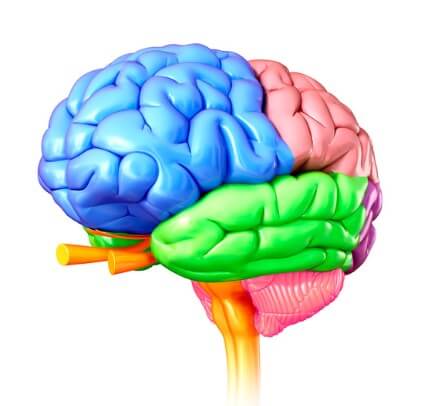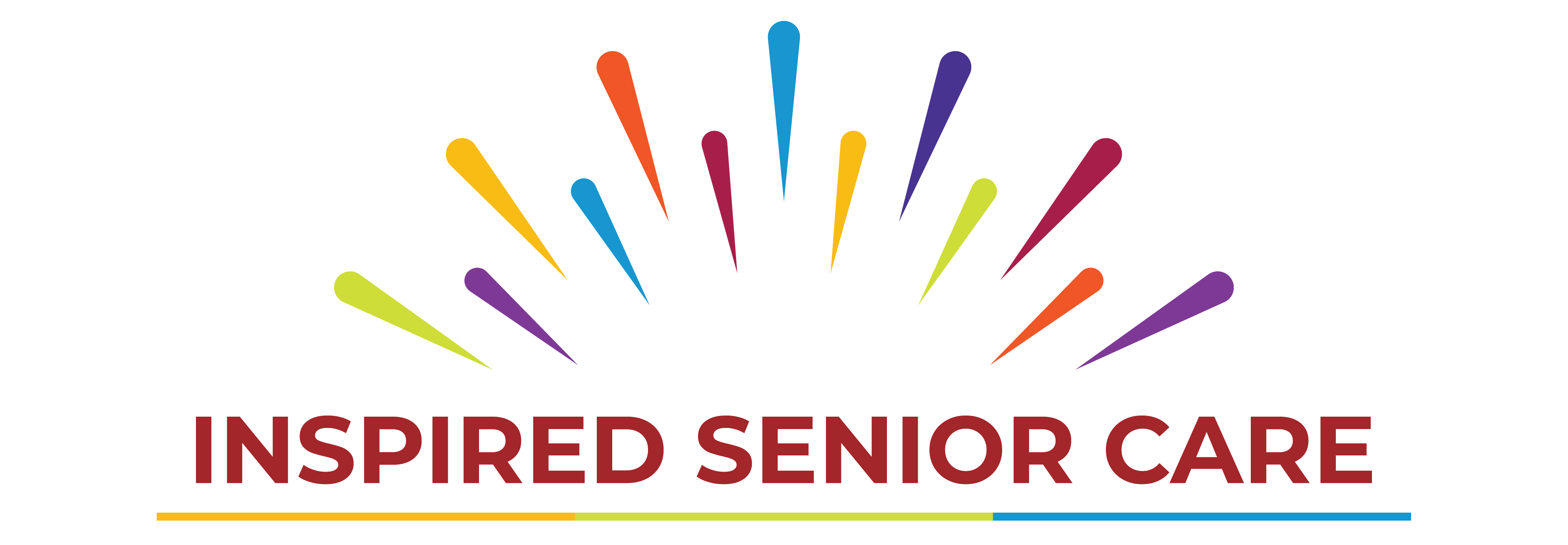The brain is an amazing machine containing over 80 billion neurons. It is composed of multiple systems including the cerebellum, the limbic system, and the cerebrum (made up of four distinct lobes). Here is a small glimpse into the functions of each. As you read each, consider how the behaviors, communications and responses of a person with brain change may change.
The cerebellum (place your hand at the base of your skull) initiates and coordinates movement and regulates temperature. Damage to this brain area can result in disrupted movement and sensation, and can impair eating and swallowing.
The limbic system (located in the lower center of the brain) is the part of the brain involved in our behavioral and emotional responses, especially for behaviors needed for survival including eating, reproduction, nurturing our young, and fight or flight responses. Damage in this area may affect certain emotions, including aggression, anxiety, pleasure, and anger. According to the Endocrine Society, damage to the structures comprising the limbic system may cause fatigue or depression.
The frontal lobe (place your hand on your forehead) is responsible for your executive functions such as decision making, problem solving, or emotional controls. If a person experiences damage to this lobe, they may become more impulsive or struggle with planning.
The temporal lobe (point above both ears) is responsible for language production and understanding, memory acquisition, object recognition, and processing auditory information. It learns and processes rhythmic input such as music or poetry. A person who develops Alzheimer’s disease and experiences damage here will experience difficulty finding words, understanding conversation, or understanding the source of sounds.
The parietal lobe (place your hand on the crown of your head) integrates sensory input including taste, smell, touch, sight and sound. It provides the ability to navigate, assess size and shape, read a map, following directions, and prevent trips over unexpected obstacles. A person experiencing brain change to this lobe may get lost in familiar places or become overly clumsy.
The occipital lobe (place hand on the back of your head) is responsible for processing what is seen, assigning meaning to it and remembering those observations. It also determines color properties of what is seen, assesses distance, size, and depth. The occipital lobe identifies objects and transmits that data so that memories of the vision can be encoded. If damage occurred in this area, a person might mis-identify items as the wrong color or experience reduced peripheral vision.
If you know someone whose abilities are different now due to brain change, stay in touch with them. Seek to understand the changes and find ways to interact in modified ways that make the most of their current skills and abilities. Find their strengths and celebrate them.

